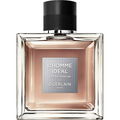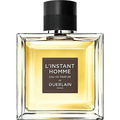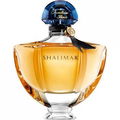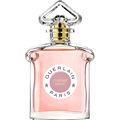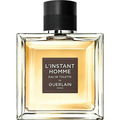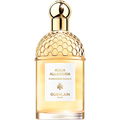04/26/2015
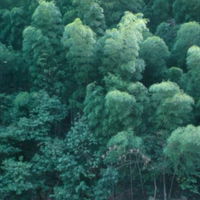
MasterLi
375 Reviews

MasterLi
Helpful Review
1
Invigorating! Fresh and Aromatic!
Jean-Paul Guerlain's Eau de Guerlain is yet another take on the fresh, citrus Eau de Cologne style of fragrances. These were typically used for a refreshing experience at the start to someone's day. The idea is you put on an Eau de Cologne after a shower or morning ritual, and you could go on with your day ahead.
Although Eau de Colognes came in many interpretations, they often followed a similar formula. Bright, zesty citrus at the top, light, sometimes sweet florals in the mid, and very little base (maybe some light musk). The examples are endless... 4711, Farina Cologne, and even Guerlain's own Eau de Cologne Impériale and Eau des Fluers de Cédrat.
With Eau de Guerlain, I feel like it stands out from the others. By including a few unique notes. Aromatic notes such as caraway and zesty spearmint. When I spray this, it reminds me of freshly cut herbs in the kitchen, coupled with fresh, ripe lemon. It has a bitterness and a freshness that is undeniable, and very unique. It's like a cool gin-and-tonic drink which has carbonated water and slices of fresh lemon & lime. It really lifts me up and refreshes me. Almost like hiking in the mountains where you find mountain streams where the water is pure and full of minerals. I would describe it as very "mineral" like. I really love it!
I think that out of all the Guerlain "Eaux", such as Impériale, Cédrat etc. This one is the most unique, has the strongest lasting power (it's in Eau de Toilette, whereas the others were Eau de Cologne), and ultimately... is the one worth your money. If you have to buy one, buy this one. Definitely worth trying out, especially in spring!
Although Eau de Colognes came in many interpretations, they often followed a similar formula. Bright, zesty citrus at the top, light, sometimes sweet florals in the mid, and very little base (maybe some light musk). The examples are endless... 4711, Farina Cologne, and even Guerlain's own Eau de Cologne Impériale and Eau des Fluers de Cédrat.
With Eau de Guerlain, I feel like it stands out from the others. By including a few unique notes. Aromatic notes such as caraway and zesty spearmint. When I spray this, it reminds me of freshly cut herbs in the kitchen, coupled with fresh, ripe lemon. It has a bitterness and a freshness that is undeniable, and very unique. It's like a cool gin-and-tonic drink which has carbonated water and slices of fresh lemon & lime. It really lifts me up and refreshes me. Almost like hiking in the mountains where you find mountain streams where the water is pure and full of minerals. I would describe it as very "mineral" like. I really love it!
I think that out of all the Guerlain "Eaux", such as Impériale, Cédrat etc. This one is the most unique, has the strongest lasting power (it's in Eau de Toilette, whereas the others were Eau de Cologne), and ultimately... is the one worth your money. If you have to buy one, buy this one. Definitely worth trying out, especially in spring!
1 Comment







 Top Notes
Top Notes  Lemon
Lemon Bergamot
Bergamot Petitgrain
Petitgrain Basil
Basil Caraway
Caraway Heart Notes
Heart Notes  Carnation
Carnation Jasmine
Jasmine Patchouli
Patchouli Rose
Rose Sandalwood
Sandalwood Base Notes
Base Notes  Moss
Moss Musk
Musk Amber
Amber

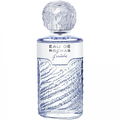
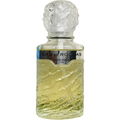
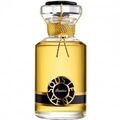



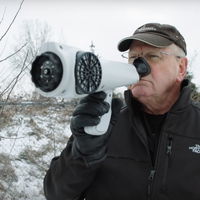





 Yelimon
Yelimon